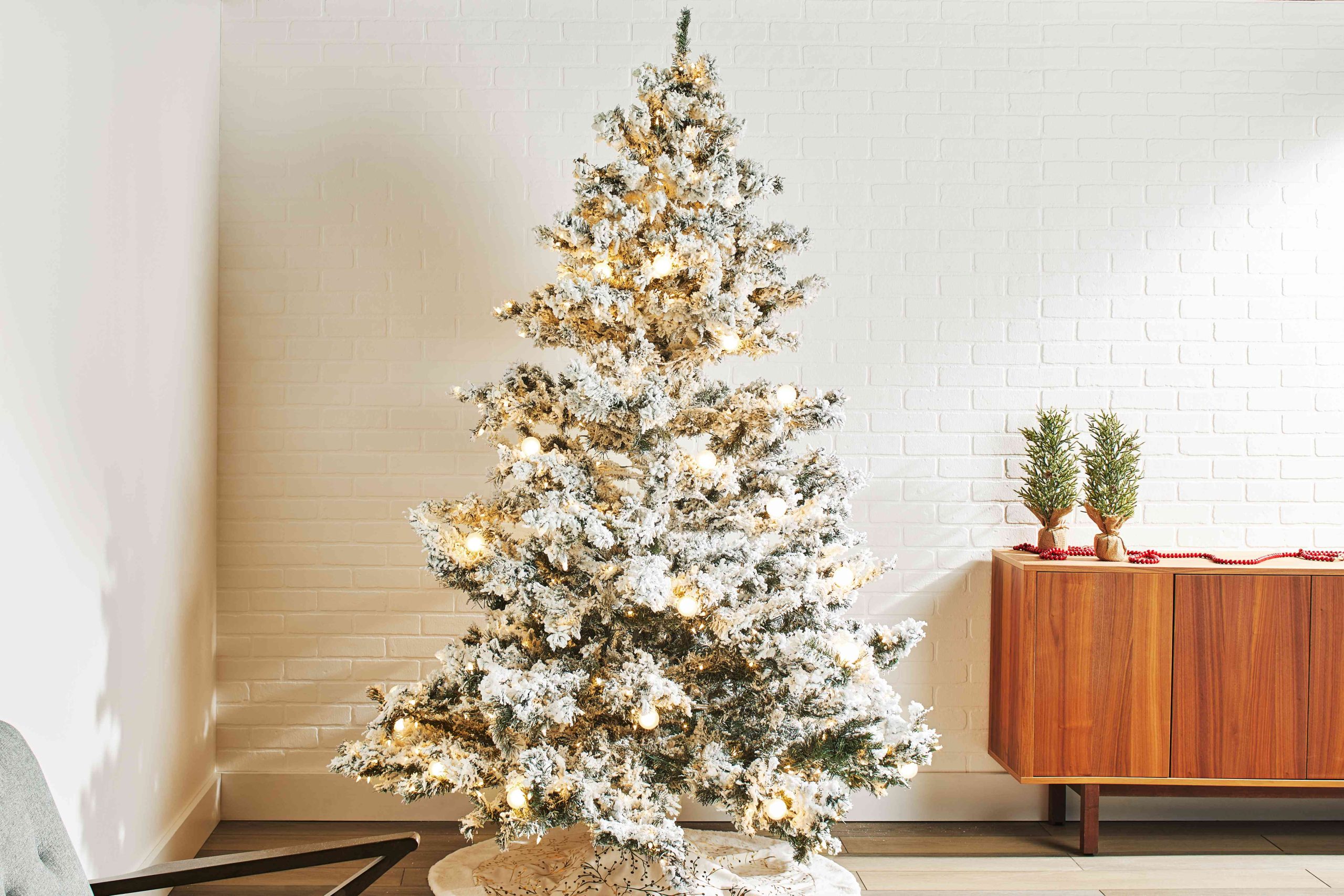The holiday season is synonymous with festive decorations, and at the heart of many homes, stands the Christmas tree—a symbol of joy and tradition. While natural trees have long been a staple, artificial Christmas trees have gained popularity for their convenience and sustainability. Ever wondered how these lifelike replicas are crafted? Join us on a journey as we unveil the enchanting process of how artificial Christmas trees come to life.
- Materials Selection: The journey begins with the careful selection of materials. Most artificial Christmas trees are crafted using PVC (polyvinyl chloride) for the needles and metal for the frame. PVC is chosen for its flexibility, durability, and ability to mimic the look of real tree needles.
- Needle Manufacturing: Creating lifelike needles is an intricate process. PVC pellets are melted and extruded into thin sheets. These sheets are then stamped with needle-shaped molds to achieve a realistic texture. The color and sheen are carefully designed to imitate the appearance of natural tree needles.
- Assembly of Branches: The branches are formed by attaching the individual needles to the metal frame. This process involves precision to ensure a balanced and natural appearance. Manufacturers strategically place branches of varying lengths and densities to mimic the layered structure of real trees.
- Wire Frame Construction: The frame of the tree is typically made of metal, often hinged for easy assembly and storage. The branches are affixed to the frame using wires, allowing them to be folded neatly when the tree is disassembled for storage.
- Flocking Process (Optional): Some artificial trees undergo a flocking process to achieve a snow-covered appearance. Flocking involves applying a layer of adhesive and tiny fibers to the branches, creating the illusion of freshly fallen snow. This step adds a touch of winter magic to the tree.
- Quality Control: Rigorous quality control measures are implemented throughout the manufacturing process. Each tree undergoes careful inspection to ensure uniformity, proper branch placement, and a high level of craftsmanship. This attention to detail is crucial in delivering a product that closely resembles the beauty of natural Christmas trees.
- Packaging and Distribution: Once the artificial tree has passed quality control, it is carefully packaged to preserve its shape and structure. The trees are then distributed to retailers around the world, ready to find a place in homes where holiday traditions will unfold.
- Environmental Considerations: Many manufacturers are increasingly focused on sustainability. Artificial Christmas trees are considered a more eco-friendly option than their natural counterparts, as they can be reused for several years. Some manufacturers also incorporate recycled materials into their production processes, reducing the environmental impact.
Conclusion:
The artistry and precision involved in creating artificial Christmas trees showcase the dedication of manufacturers to bring the spirit of the holiday season into homes around the world. From the careful selection of materials to the meticulous assembly and optional snowy embellishments, each step contributes to the creation of a festive centerpiece that families can cherish for years to come. As we adorn our homes with these beautifully crafted trees, we celebrate not only the magic of the season but also the craftsmanship and ingenuity behind the artificial Christmas tree industry.




